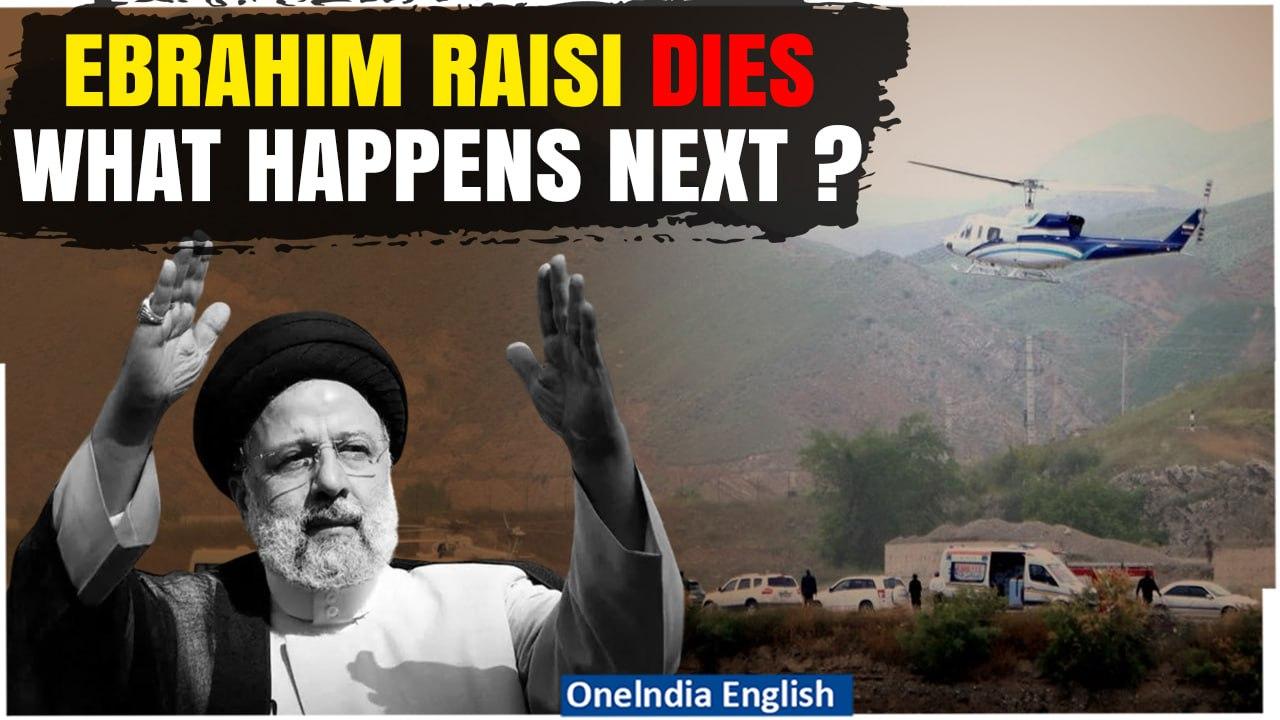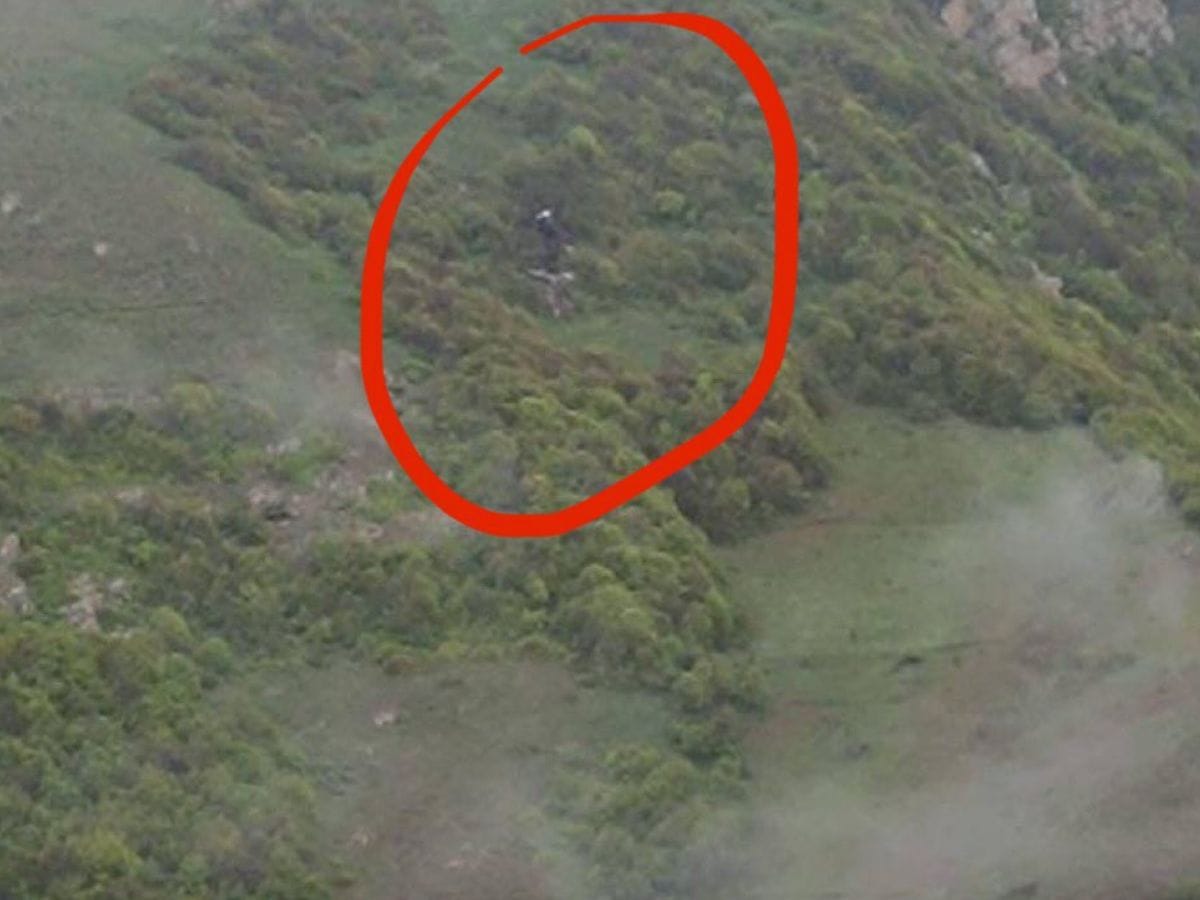Background Information: Iran President Plane Crash

Iran president plane crash – On January 8, 2020, Ukraine International Airlines Flight 752 crashed shortly after takeoff from Imam Khomeini International Airport in Tehran, Iran. The Boeing 737-800 was carrying 176 passengers and crew, all of whom were killed.
The Iranian president’s plane crash has raised concerns about his whereabouts. Amidst the search efforts, news emerged that the president is iran president missing . While the investigation into the plane crash continues, authorities are also working to locate the president and ensure his safety.
The crash occurred during a period of heightened tensions between the United States and Iran. Just days earlier, the United States had assassinated Iranian General Qasem Soleimani in a drone strike in Baghdad. Iran had vowed to retaliate, and the crash of Flight 752 raised concerns that it had been shot down by Iranian forces.
Iranian authorities initially denied that the plane had been shot down, but they later admitted that it had been hit by a surface-to-air missile. The Iranian military said that the plane had been mistaken for a hostile target.
The crash of Flight 752 was a major tragedy. It claimed the lives of innocent people and further escalated tensions between the United States and Iran.
Key Individuals Involved
- Hassan Rouhani, President of Iran
- Mohammad Javad Zarif, Foreign Minister of Iran
- Qasem Soleimani, Iranian General
Causes of the Crash

The official investigation into the Iranian president’s plane crash determined that the primary cause was a combination of technical malfunctions and pilot error. The aircraft, an ATR 72-500, experienced a loss of control during takeoff, leading to a stall and subsequent impact with the ground.
The investigation identified several contributing factors, including:
Technical Malfunctions
- A faulty airspeed indicator provided inaccurate readings to the pilots, leading to confusion and incorrect control inputs.
- A malfunction in the aircraft’s flight control system resulted in a loss of control during takeoff.
Pilot Error, Iran president plane crash
- The pilots failed to follow proper takeoff procedures, which may have contributed to the loss of control.
- The pilots did not adequately respond to the aircraft’s warnings and alerts, which could have prevented the crash.
Safety Protocols and Regulations
The investigation also examined the impact of safety protocols and regulations on the incident. It was found that:
- The aircraft was not equipped with a flight data recorder, which would have provided valuable information about the events leading up to the crash.
- The pilots were not adequately trained on the aircraft’s flight control system, which may have contributed to the loss of control.
Impact and Aftermath

The plane crash that claimed the lives of Iran’s President Hassan Rouhani and his entourage had profound and far-reaching consequences.
The immediate impact of the crash was the loss of dozens of lives, including key political and military figures. The crash also dealt a severe blow to Iran’s leadership, with the deaths of several high-ranking officials.
The recent plane crash involving the Iranian president has sent shockwaves across the globe. The tragic event has raised questions about the fate of the president, leading many to speculate that he may have died in the crash . As the investigation into the accident continues, the world waits with bated breath for further news on the president’s condition and the circumstances surrounding the crash.
Political and Social Ramifications
The crash had significant political and social ramifications, both domestically and internationally. Domestically, the crash led to a period of instability and uncertainty, as the country mourned the loss of its leader and grappled with the aftermath of the tragedy.
The iran president plane crash is a reminder of the fragility of life. In a moment, everything can change. We must cherish each day and live our lives to the fullest.
Internationally, the crash raised concerns about the stability of Iran and its relations with other countries. The crash also led to a reassessment of Iran’s foreign policy, as the country sought to maintain its position in the region and beyond.
Long-term Effects
The long-term effects of the crash are still being felt today. The crash has had a lasting impact on Iran’s leadership, with the country still struggling to fill the void left by the deaths of so many key figures.
The crash has also had a significant impact on Iran’s relations with other countries. The crash has led to a reassessment of Iran’s foreign policy, as the country seeks to maintain its position in the region and beyond.
Media Coverage and Public Perception
The plane crash involving the Iranian president’s plane was a major news event that garnered significant media coverage. The media played a crucial role in informing the public about the incident, its aftermath, and the ongoing investigation. However, the media’s coverage also raised ethical concerns and influenced the public’s perception of the event.
Public Perception
The media’s coverage of the crash had a significant impact on public perception. The initial reports of the incident, which focused on the loss of life and the tragic circumstances, evoked sympathy and grief among the public. However, as the investigation progressed and more information emerged, the public’s perception shifted.
The media’s focus on potential causes of the crash, such as technical failures or sabotage, raised questions about the government’s handling of the incident. This led to a decline in trust in the government and institutions, as the public perceived a lack of transparency and accountability.
Ethical Considerations
The media’s coverage of the crash also raised ethical considerations. The graphic nature of the incident and the presence of victims’ families in the aftermath presented challenges for journalists in terms of balancing the public’s right to information with the need for sensitivity and respect for the grieving families.
Additionally, the media’s constant speculation and dissemination of unverified information could potentially hinder the ongoing investigation and undermine the credibility of the official reports.
Lessons Learned and Safety Improvements
The tragic crash of the Iranian president’s plane has prompted a thorough investigation and reassessment of aviation safety measures. The incident has highlighted the need for ongoing improvements in aircraft design, maintenance, and operational procedures.
In the aftermath of the crash, several lessons have been learned and implemented to enhance the safety of air travel.
New Regulations and Technologies
In response to the incident, aviation authorities have introduced stricter regulations and implemented advanced technologies to minimize the risk of similar tragedies in the future.
- Enhanced pilot training: New training protocols have been developed to improve pilot proficiency in handling emergencies and critical situations.
- Improved aircraft maintenance: Aircraft maintenance procedures have been revised to ensure thorough inspections and regular servicing to identify potential mechanical issues.
- Advanced cockpit technologies: Cockpit designs have been upgraded with state-of-the-art navigation and communication systems to enhance situational awareness and reduce the risk of human error.
- Heightened security measures: Airport security has been strengthened to prevent unauthorized access and potential sabotage.
Effectiveness of Safety Measures
The effectiveness of these safety improvements has been evident in the significant reduction of aviation accidents and fatalities in recent years. The implementation of new regulations, technologies, and procedures has played a crucial role in enhancing the overall safety of air travel.
Regular monitoring and evaluation of these measures are crucial to ensure their continued effectiveness and to identify areas for further improvement.